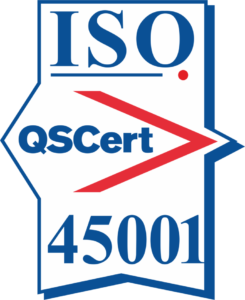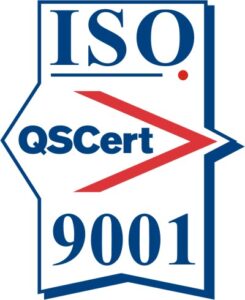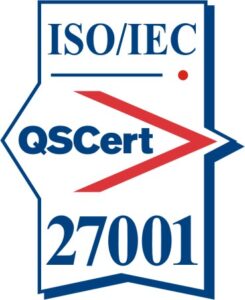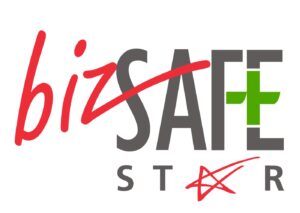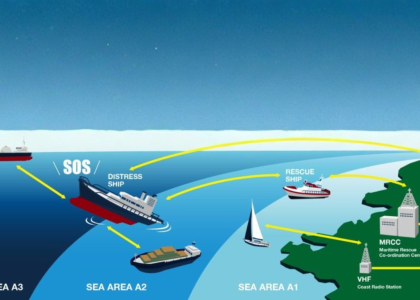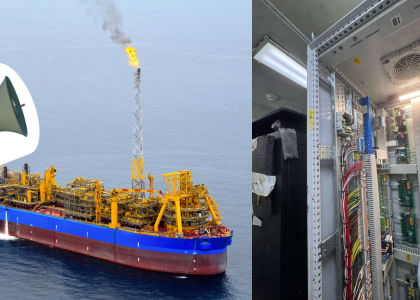The Zero Injuries Framework (ZIF) is Vivo Asia’s EHS Policy.
Environmental, health, and safety (EHS) best practices are crucial for engineering companies like Vivo Asia, in order to ensure a safe and healthy work environment for their employees, comply with regulations, and protect the environment.
As a responsible corporate operating in harsh and hazardous environments, it is especially important for all employees and partners of Vivo Asia to be inherently familiar with several safety policies and procedures.

Zero Injuries Framework (ZIF)
Zero Injuries Framework or ZIF was developed, enforcing our zero tolerance for injuries during the course of our work.
Vision
Vivo Asia Engineering & Trading Pte Ltd strives to create a team and a supply chain that is well-versed in EHS best practices, guided by the Zero Injuries Framework (ZIF).
Mission
To ensure that all activities are carried out with zero injuries to all our employees, clients, partners and the environment.
Commitment
The senior management will embed and inculcate EHS best practices into company project processes and ensure that it is a key part of every activity.

EHS Policy Outline
The ZIF outlines several risks and safety procedures that are implemented in order to prevent any injuries.
This includes:
- Risks in the Office
- Risk during Manual Handling
- Lockout and Tagout
- Work At Height (including all types of MEWPs)
- Risks when Using Tools
- Risks when Supervising
- Risks when Handling Chemicals
The policy details several counter measures, instructions and guidelines to ensure the safety and health of all employees. Additionally, it also creates awareness on the Permit to Work System that Vivo Asia stringently follows.

Procedures to EHS Policy ZIF
In our commitment to create awareness and educate all our employees and partners on ZIF, we implement the following practices.
Regular risk assessments
Risk assessments are conducted on a regular basis to identify potential hazards and risks associated with the company’s operations. This includes job hazard analyses, safety audits, and project risk assessments.
EHS training
Employees receive training on EHS policies, procedures, and best practices, as well as on the proper use of personal protective equipment (PPE) and emergency response procedures. Training courses are conducted on a regular basis and are tailored to the specific needs of each job function.
All our employees are trained on applicable safety courses such as AWSH-PP (apply workplace safety and health in process plant), AWSHS (Apply Workplace Safety and Health in Shipyard), and CSOC (Apply Workplace Safety & Health In Construction Site).
A Safety Management System
Ensuring that there is a systematic approach to managing safety that includes hazard identification, risk assessment, incident reporting and investigation, and corrective action. Vivo Asia has implemented an OHS Management System complying to ISO 45001 standard.
Clean and Organized workplace
A clean and organized workplace is essential for preventing accidents and injuries. This includes keeping walkways and aisles clear of clutter, ensuring that equipment is properly maintained and stored, and providing adequate lighting.
An Emergency Response Plan
An emergency response plan is in place in case of accidents, natural disasters, or other emergencies. The plan should include evacuation procedures, emergency contact information, and the location of emergency equipment.

Meeting Required Regulations
As an engineering company, it is required that we comply with local, state, and federal regulations regarding EHS. This includes obtaining permits, conducting environmental monitoring, and reporting incidents and spills.
Encourage Employee Participation
Employees are encouraged to participate in EHS initiatives, including reporting hazards and incidents, making suggestions for improvement, and serving on safety committees.
Continuous Improvements
EHS best practices are reviewed and updated on a regular basis to ensure that they are effective and relevant. This can include conducting internal audits, analyzing incident reports, and implementing new technologies and procedures.


